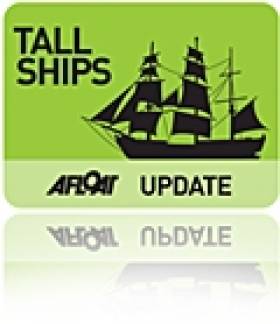Displaying items by tag: Robin Walbridge
HMS Bounty: The Tall Ship That Should Never Have Sailed?
#TallShips - What was the HMS Bounty doing in the middle of Hurricane Sandy? It's a question that Kathryn Miles - author of a book on the history of the Jeanie Johnston - attempts to answer for Outside magazine.
As reported last October on Afloat.ie, the tall ship replica of the 18th-century square-rigged vessel - and a previous visitor to Irish shores - was sunk in the Atlantic some 100 miles off Cape Fear, forcing its crew into liferafts.
The ship's captain Robin Walbridge went missing in the incident and is presumed dead.
According to Outside, the ship has has a tumultuous history since its construction for the 1960 Hollywood film Mutiny On The Bounty starring Marlon Brando - weathering life as a seaside attraction at a Florida resort town, and as an extra in two of the Pirates of the Caribbean movies.
Since 1995 it was skippered by Walbridge, who "worked tirelessly to preserve the vessel" and took her as far and wide as the Great Lakes, the Panama Canal and Europe - including visits to Cork Harbour in 2009 and Belfast Lough in 2011, reflecting the original vessel's Irish connections (Captain William Bligh designed the North Bull Wall and surveyed Dublin Bay some years after the infamous mutiny).
But preservation requires funding, and it's that struggle for funding that may have encouraged the captain to push the limits of his vessel and its crew.
Outside has much more on the story HERE.























